If you're just starting out with planning your first weed garden, indoor or out, understanding NPK ratios throughout the full cannabis lifecycle is pretty important - especially if you are looking to grow your plants hydroponically, or in coco-coir.
Even if you choose organic soil, which involves way less measuring and testing and more just letting the microorganisms in the dirt do their thing, NPK ratios are still something that all self-respecting growers should be aware of.
- What is NPK, and why does it matter for cannabis?
- NPK ratios for different growth stages
- Adjusting nutrients for autoflowering cannabis
- Adjusting NPK for different growing methods
- Organic vs Synthetic NPK fertilizers
- Common mistakes with NPK ratios and how to avoid them
- The importance of pH when growing cannabis
What is NPK, and why does it matter for cannabis?
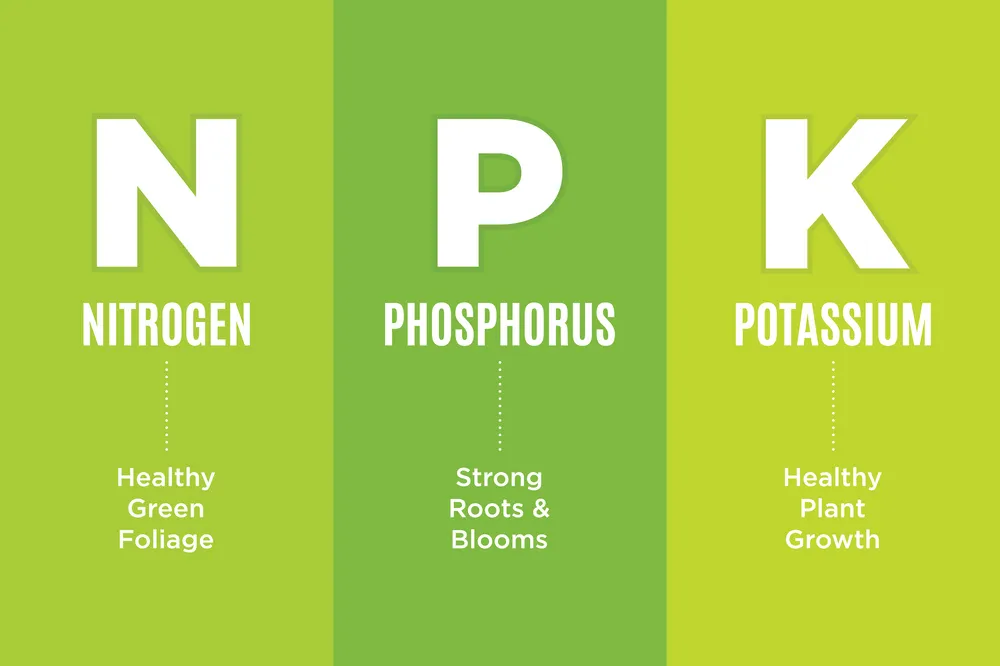
NPK stands for Nitrogen (N), Phosphorus (P), and Potassium (K) - the three 'macronutrients' that are essential for plant growth and health. All three play a pretty big role in 'feeding' your plants, but the ratio of each needed changes as the plant develops from a seedling into full vegetative growth and then onto the flowering stage.
The role of nitrogen (N) in cannabis growth
Anyone who has seen the movie The Martian (Matt Damon grows potatoes on Mars to survive, surprisingly riveting, go watch it if you haven't already) should have a rough idea of what nitrogen does for plants. It's where the nutrient discussion usually begins, and nitrogen is thought of as "the most important element for explosive growth."
Nitrogen needs slowly drop as your weed plants develop, but it is one of the nutrients that are needed from start to finish, no two ways about it. Nitrogen helps with:
- Leaf and stem development: Nitrogen is essential for the production of chlorophyll, which drives photosynthesis and fuels rapid leaf and stem growth during the vegetative stage.
- Protein synthesis: It plays a key role in building amino acids and proteins, which are the building blocks of plant tissues.
- Increased energy production: Nitrogen helps in energy transfer within the plant, enabling efficient nutrient uptake and utilisation.
- Enhanced root growth: Adequate nitrogen promotes strong root systems, which help cannabis plants anchor themselves and absorb more nutrients.
- Boosted plant immunity: Nitrogen strengthens the overall health of the plant, making it more resilient to pests, diseases, and environmental stress.
The role of phosphorus (P) in root and bud development
Kinda the opposite of nitrogen, as your plants don't need a huge whack of phosphorus (but still enough), to begin with, but as they get into the serious business of veg growth and then flowering, it becomes increasingly essential. Phosphorus is needed for:
- Root growth and establishment: One of the first things phosphorus does for your plants is facilitate proper root development. It helps in the formation of strong, healthy roots. Healthy roots equal healthy plants, and healthy plants equals huge buds.
- Photosynthesis and energy transfer: Like nitrogen, phosphorus is also involved in photosynthesis and the production of ATP (adenosine triphosphate), the primary source of energy for plants.
- Bud growth and development: As your plants enter the flowering stage, they require more phosphorus to produce bigger and denser buds. Phosphorus helps in the production of essential oils and resins, which give weed strains their distinct flavours, aromas, and medicinal properties.
The importance of potassium (K) for overall plant health
Rounding out the list of macros is potassium, which is needed in relatively smaller amounts compared to nitrogen and phosphorus (until late flowering). However, that doesn't mean it's any less important for your plants. Potassium helps with:
- Regulates transpiration: Potassium controls the opening and closing of stomata, helping the plant manage water efficiently and stay hydrated.
- Improves plant vigor: Adequate potassium levels promote strong stems and branches, helping cannabis plants support heavy buds during the flowering stage.
- Improves nutrient transportation: It aids in moving nutrients and sugars throughout the plant, ensuring essential energy is delivered to areas of growth and bud formation.
- Supports strong root development: Potassium enhances root strength and growth, allowing the plant to access water and nutrients more effectively.
- Increases disease resistance: It boosts the plant's immune system, making it more resistant to diseases, pests, and environmental stress.
- Promotes flower and bud development: Potassium is crucial for the flowering phase. It has a direct impact on bud density, trichome production, and cannabinoid and terpene levels.
NPK ratios for different growth stages
As the plants develop, their nutrient needs change. They need access to all three macros (and all the micros), but in different ratios, depending on the stage they are at. Here's a quick overview of what your plants need at each growth stage:
Seedling stage: Minimal fertilizer and natural soil content
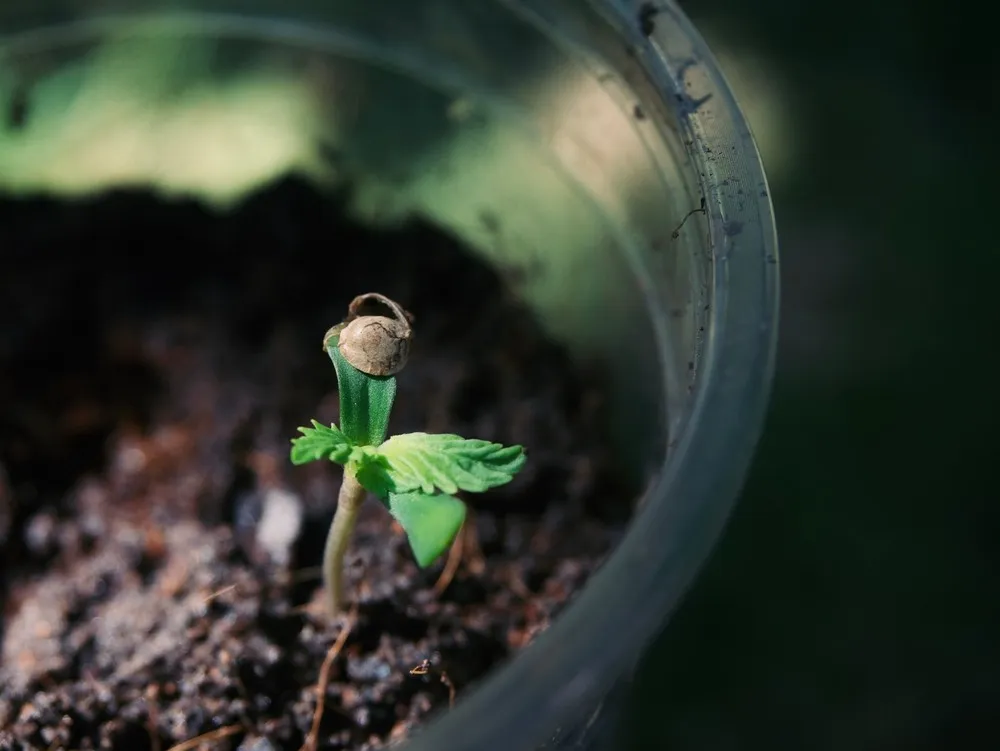
If you are growing in soil, make sure it is a good organic option, if not a cannabis-specific blend. Seedlings are quite happy with natural soil and minimal nutrient supplementation. If you are adding anything to the soil (or whatever media you are using), aim for a ratio of 1-1-1 (equal parts NPK), and only use minimal amounts. Go for about 1/4 of the recommended dose on the label.
Vegetative stage: High nitrogen (3:1:1 or 4:2:1)
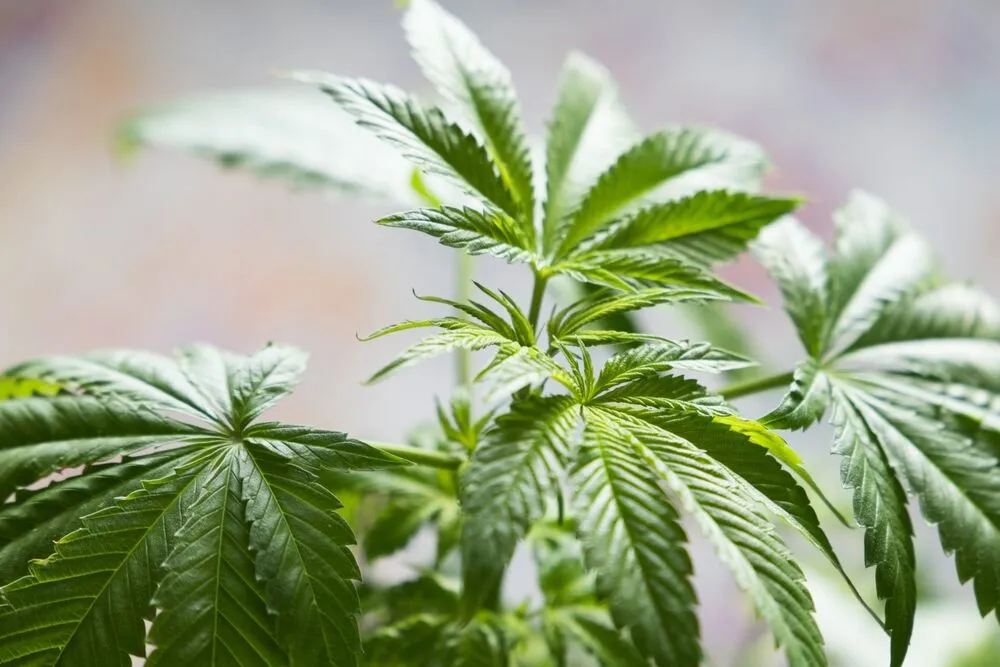
The vegetative growth stage is when things really start to move along. All of a sudden, expect to see some serious growth, and you'll also notice your plants getting a bit hungrier. During this stage, nitrogen is where your fertilizing focus should be, so look for a 3:1:1 or 4:2:1 ratio of NPK (higher nitrogen, moderate phosphorus and potassium).
Early flowering: Higher phosphorus, moderate potassium (1:3:2)
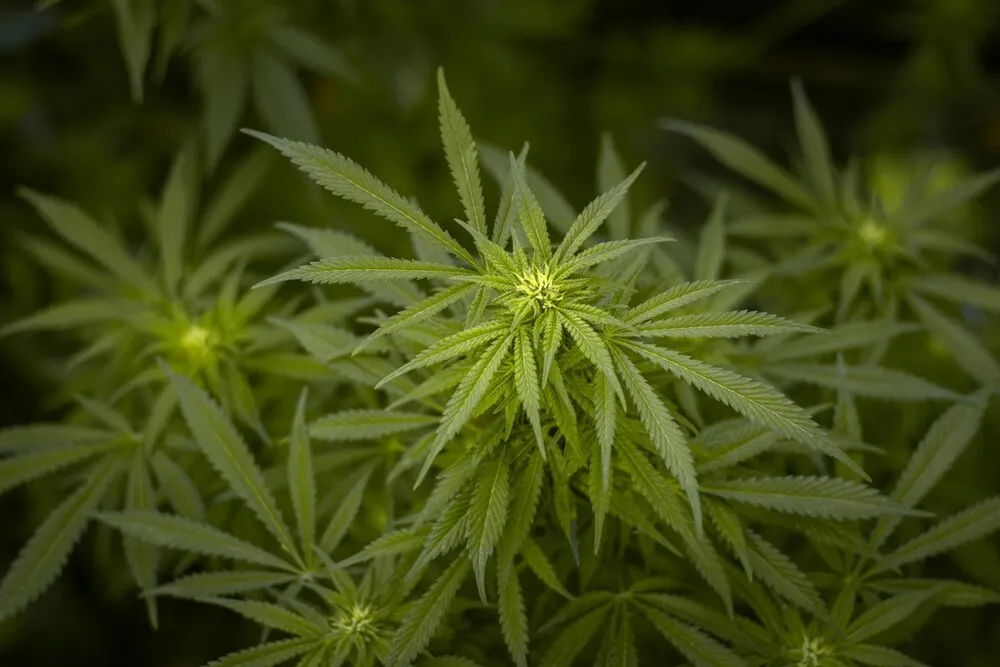
Once you switch the lights over to 12/12 (or the sun does it for you), your plants will slow down the veg growth and focus on bud development. Phosphorus takes center stage, while potassium is still important, but not as critical at this point. A ratio of 1:3:2 is ideal for the first few weeks of flower production, but as the plants progress, you'll want to drop away nitrogen almost completely.
Late flowering: Minimal nitrogen, maximum phosphorus and potassium (0:3:3)
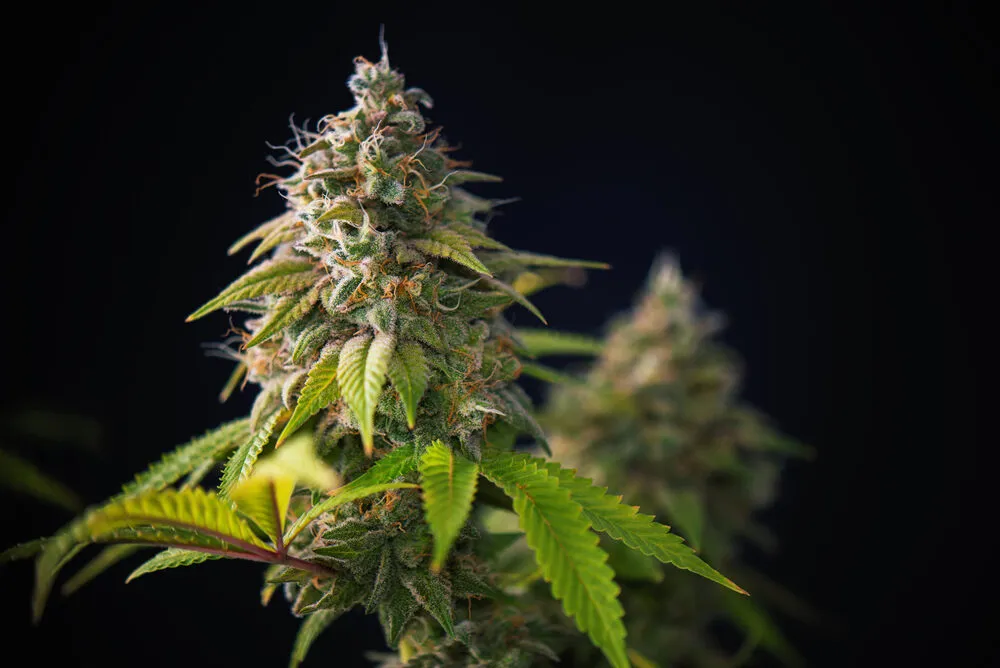
In the last 3 to 4 weeks before harvest, your plants will be in full flower mode, and they'll need all the P and K they can get. Nitrogen is no longer needed, as plant structure development has all but stopped, and the plant's focus is solely on producing dense, dank, frost-covered flowers that will soon be ready for harvest. A ratio of 0:3:3 is perfect at this stage.
Adjusting nutrients for autoflowering cannabis
Do auto growers need to switch things up, nutrient-wise?
Yep, but not as much as you might think. Autoflowering cannabis strains have a shorter life cycle than photoperiod variants, and they tend to be a little smaller in size, but that doesn't mean their nutrient needs are drastically different.
This is a massive generalization, and these days autos can grow into absolute behemoths when everything is dialled in, but as a general rule of thumb, autoflowering strains tend to prefer less intense feeding regimes. Just lower the feeding strength by about 20% for autos.
Adjusting NPK for different growing methods
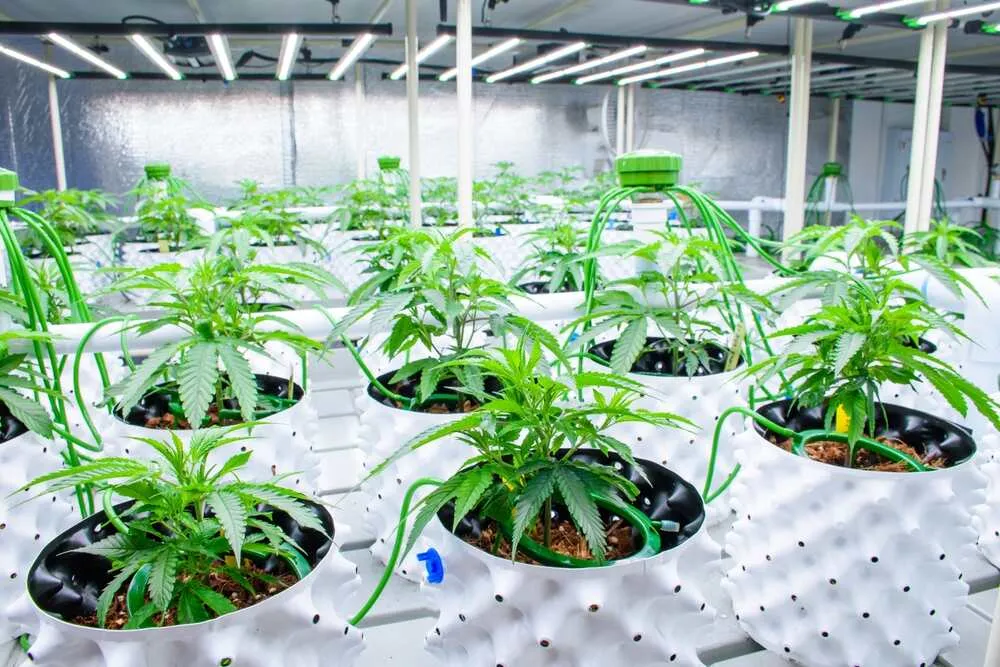
I mentioned this in the intro, but this is one area that newer growers often trip up on.
When you grow your weed plants organically (that is, in good quality, nutrient-dense soil), the micro-organisms in the soil essentially feed your plants. They are responsible for breaking down the organic matter in your soil and turning it into nutes that your plants can absorb. The pH of the soil is also regulated naturally, so there are fewer issues surrounding that.
Hydro and coco growers need to be much more careful and regimented with how and when they feed their plants. Keeping the pH in check is super important, as is supplying your plants with exact ratios of elements because there's no 'buffer zone' like with organic soil.
NPK for soil-based growing
Do you need to add any sort of amendments or extra fertilizer to your organic weed soil?
That totally depends on the quality of the soil you started with.
If you put a bit of time and effort into creating a really top-notch soil, you shouldn't need to add much (if anything) extra. You need to have a good blend of materials that will feed the microorganisms in your soil and encourage them to thrive.
Cannabis-specific soil blends are available both online and from any good hydroponic supply store (and even some big-box gardening stores in legal states and countries these days). Great option for newer growers just starting out, but make sure to read the reviews first.
DO NOT USE CHEAP POTTING SOIL OPTIONS ONLY. They are fine to mixed into a blend with things like coco-coir, peat moss, perlite, and sand, but on their own they are way too nutrient dense.
NPK for hydroponics
Now we are getting into the belly of the beast. When growing hydroponically, it is absolutely critical that you are using a nutrient solution designed specifically for cannabis being grown hydroponically. This solution (usually a mix of water and bottled, liquid nutrient solutions) needs to be checked before every feed with an EC or TDS meter.
These meters do not measure the NPK ratio (that will be stated on the nutrient bottle). What they do is give you an accurate measurement of the total nutrient content in your solution, making sure it is not too weak or strong for your plants, but only overall.
You need to make sure that you are using the correct nutrient mix for the stage of growth your plants are in, and that you are testing the pH to make sure it falls within the optimal range for nutrient uptake (5.5 to 6.5 for hydro).
NPK for coco coir
Coco-coir can be thought of as the perfect balance between soil and hydroponics. It has excellent water retention (like soil) but offers up to 70% more oxygenation to the root zone than organic soil, but it is an inert medium that does not provide any nutes like soil (or composted organic material) does.
When growing in coco, DO NOT use the exact same nutrients as when you're growing hydroponically. You need to go out and grab a nutrient mix that is specifically designed for growing in coco. Coco-coir is not water, and so it requires a slightly different nutrient profile than what you would use for hydro.
But all the rest of the advice above (for hydro) is applicable. You still need to have a very accurate EC/TDS meter, and you still need to test the pH of your water before feeding.
Organic vs Synthetic NPK fertilizers
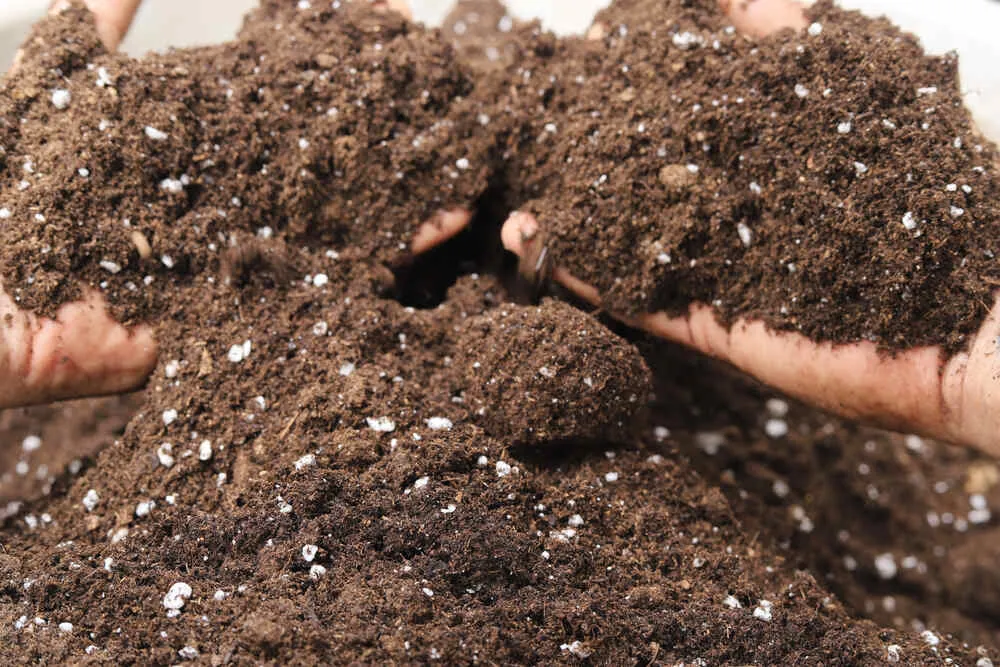
An age od debate, and one that will likely never end. What is the benefit of using completely organic nutes over synthetic ones? Are organic nutes really 'better' than synthetic?
Yes, but also no...
Again, it depends on how you define 'better'.
Benefits of using organic fertilizers
Organic fertilizers are great for those using soil as their main growing medium, as they provide a slow release of nutrients to your plants over time. They promote healthy soil micro-organisms and can improve the overall structure and health of your soil in the long run.
There is also no need to really worry about the pH of your feed water, as soil grown plants are much less sensitive to pH levels. Organic fertilizers also reduce the risk of nutrient burn and build-up, but only when used correctly and in moderation.
Plus, organic fertilizers are generally considered more environmentally friendly, as they do not contain harsh chemicals or additives that can leach into the soil and surrounding environment.
The pros and cons of synthetic fertilizers for cannabis
With synthetic bottles nutes, growers can have extremely precise control over the balance of macronutrients (NPK) being fed to their plants. This can definitely be a bit of a blessing in disguise for new growers, but once you get the hang of it, the results can border on the ridiculous in terms of yield and potency boost.
But using synthetic nutes is A LOT more work than simply growing in soil or coco with organic nutrients. You need to keep track of the exact NPK values in your nutrient mix, measure every single feeding, and constantly monitor pH levels to avoid nutrient lockout.
And then you have to worry about things like nutrient burn, which can happen very quickly if you make a mistake with the ratios in your mix.
The biggest downside of synthetic nutrients is arguably the environmental impact. Most synthetic fertilizers contain harsh chemicals and additives that can have negative effects on the environment if not properly managed and disposed of in a responsible manner.
Balancing both organic and synthetic approaches
It is becoming more common to see home growers trying to find a balance between using organic and synthetic fertilizers. As there are pros and cons to both options, many growers choose to use a combination of both methods to get the best results.
Some growers may opt to grow their plants in soil using organic fertilizers but add synthetic supplements or additives to boost certain nutrient levels. Others may use synthetic fertilizers as the main source of nutrients but also incorporate organic compost or teas for added microbial activity and soil health.
There is no one right answer when it comes to choosing between organic and synthetic fertilizer, and the whole point of growing your own weed is to have fun. I have always found that experimenting with different growing styles and techniques is the best way to learn and find what works best for you. Mistakes will happen, but who cares!
Speaking of mistakes...
Common mistakes with NPK ratios and how to avoid them
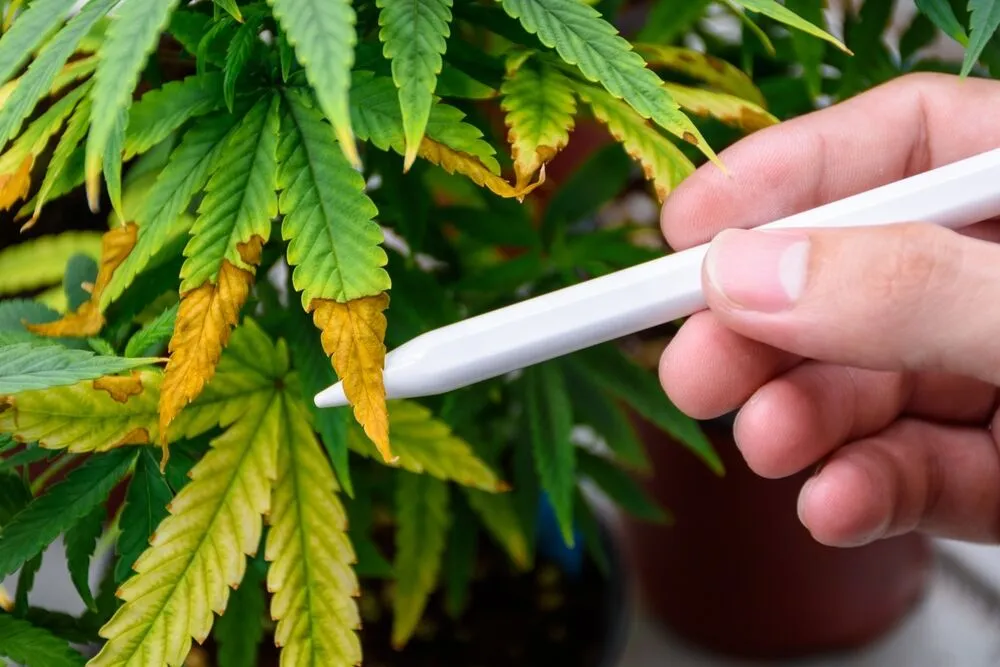
Overfeeding and nutrient burn
- The most common mistake for new growers is thinking that more nutes equals bigger, better plants. Less of a problem for soil growers, but hydro and coco folk beware.
- Too much fertilizer (especially synthetic) can cause nutrient burn, which can quickly stunt growth and even kill your plants if not corrected.
- To avoid overfeeding, ALWAYS USE AN EC OR TDS METER to accurately measure the strength of your nutrient solution before feeding. And remember, less is often more when it comes to fertilizing.
Underfeeding and deficiency signs
- Underfeeding is more of an issue for soil growers, but it can happen in hydro and coco as well if not using the correct nutrient mix or not measuring accurately.
- Signs of nutrient deficiencies change depending on the specific nutrient that is lacking. For example, nitrogen deficiency will cause yellowing of the lower leaves, while phosphorus deficiency may result in purple or red stems. Check out our full nutrient deficiency guide for more info.
Monitoring soil pH and its effect on nutrient absorption
While I have said that monitoring the pH for soil grown plants is less important than for hydro or coco, it is still an important aspect of nutrient absorption and overall plant health. Soil pH levels can affect the availability of nutrients to your plants, so it's always a good idea to check every week or so and adjust if necessary.
To do so, check the runoff water after watering or feeding with a pH meter, and adjust using organic products like dolomite lime for high pH levels and sulfur for low pH levels. You can also just grab a bottle of pH up or pH down for a quick fix.
The importance of pH when growing cannabis
When pH is ignored, it can lead to a host of problems and deficiencies for your plants. If the pH is too high or too low, nutrients will not be able to be absorbed properly by the roots, even if they are present in the soil or nutrient solution. This means that your plants may show signs of nutrient deficiencies even if you are fertilizing regularly.
As a general rule, keeping the feed water for soil-grown plants between 6.0 and 7.0 will give you the best results. For hydro or coco-grown plants, anywhere between 5.5 and 6.5 will do the trick, but make sure you check the pH last (after adding the nutrients) and adjust accordingly.
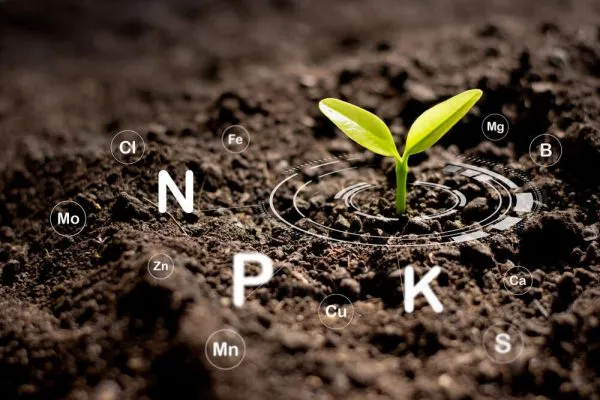




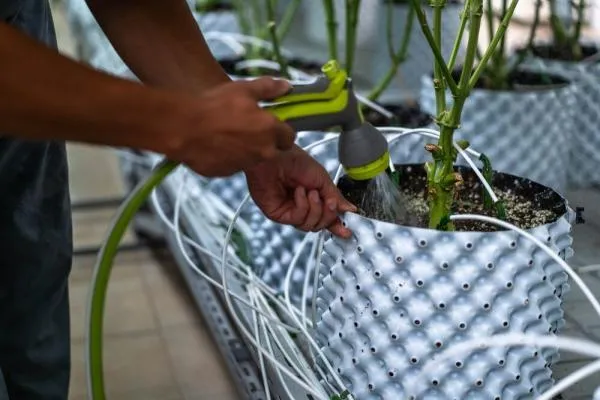





1 Comment